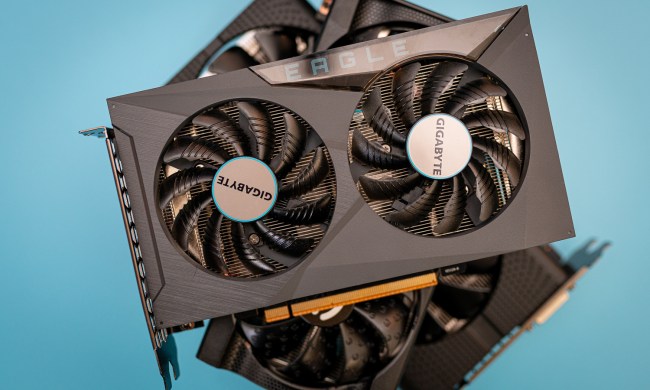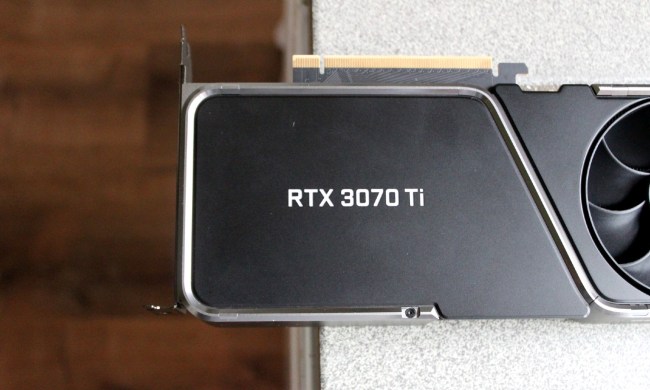
Asus is doubling down on its earlier efforts in expanding the multi-GPU capabilities of modern motherboards built for cryptocurrency mining with the new H370 Mining Master. Built upon a similar design as last year’s B250 Mining Expert board, the Mining Master increases the number of supported graphics cards to 20.
Graphics card cryptocurrency mining has been the bane of gamers’ existence for well over a year, but it has tapered off in 2018 as the values of almost all cryptocurrencies have fallen. Clearly, Asus believes that won’t be the case forever, as it is expanding its offerings for new mining rig builders with a board that can take one more GPU than its last flagship miner.
While a lot of mining rigs offer multiple graphics card configurations (some using super-expensive 1080 Tis), few can handle anything close to as many as Asus’ new H370 Mining Master. On top of supporting 20 graphics cards at once, Asus has simplified the design by removing the standard PCIe x1 slots and replaced them with PCIe-over-USB ports. That allows for a more sturdy and reliable connection and reduces the number of overall parts that could potentially fail under the high stress of crypto mining.

To help owners out when something goes wrong, Asus also included a number of diagnostics tools, which help spot when any of the connected graphics cards are having problems. When it does, it quickly identifies the problematic GPU and notifies the owner which it is and what is going wrong. New debug LEDs on the motherboard itself help highlight any issues with CPU or memory, too.
There is even a new UEFI BIOS with specific tweaks to make the system more efficient and stable for long-term mining.
Built to the ATX form factor, the H370 Mining Master features an Intel LGA 1151 socket that supports eighth-generation CPUs and support for up to 32GB of RAM with twin slots, as Edge Up explains. It also supports up to three power supplies with a trio of 24-pin power connectors (no special boot-up sequence required) and a new DVI port with support for dual monitors.
The Asus H370 Mining Master will be shown off for the first time at Computex on June 6 and will go on sale sometime in 2018’s third quarter. Asus has yet to reveal its planned price tag.
Wondering what all this talk of cryptocurrency mining is all about? Check out our introductory guide.



